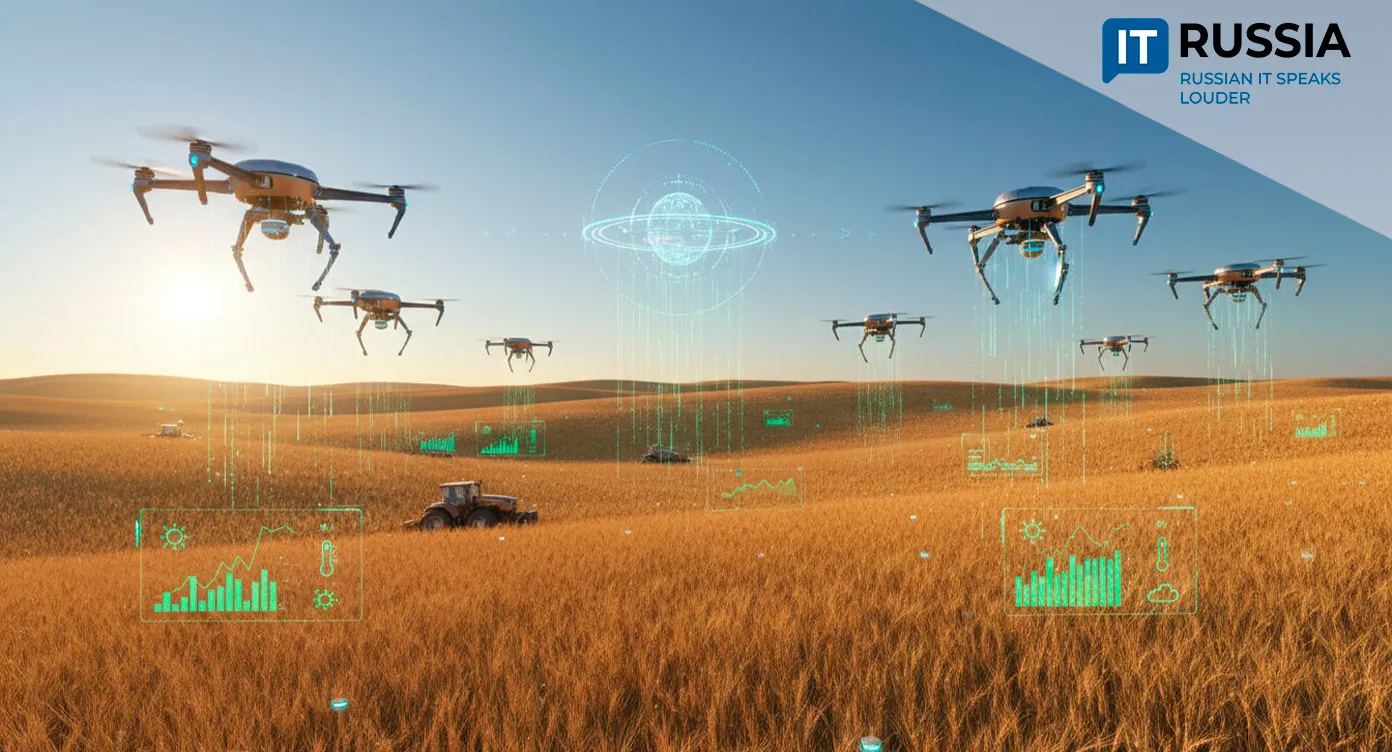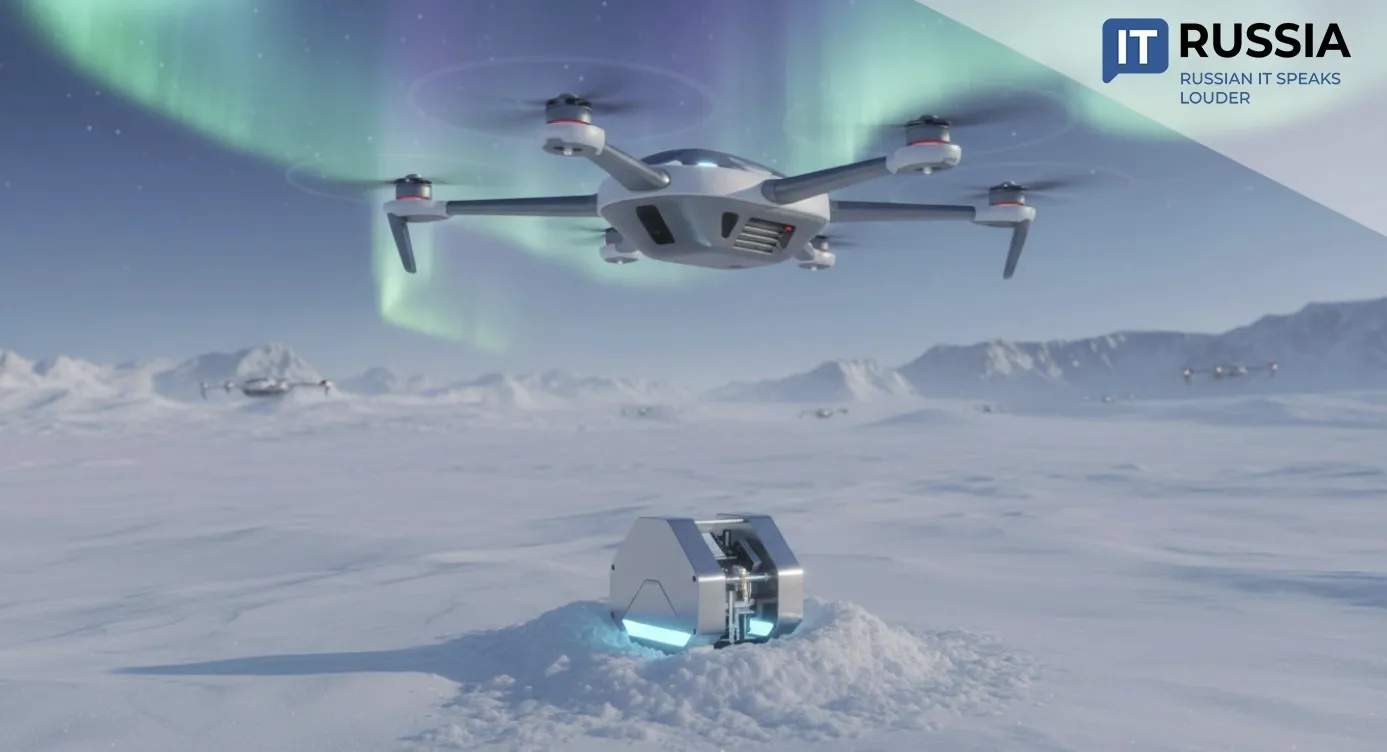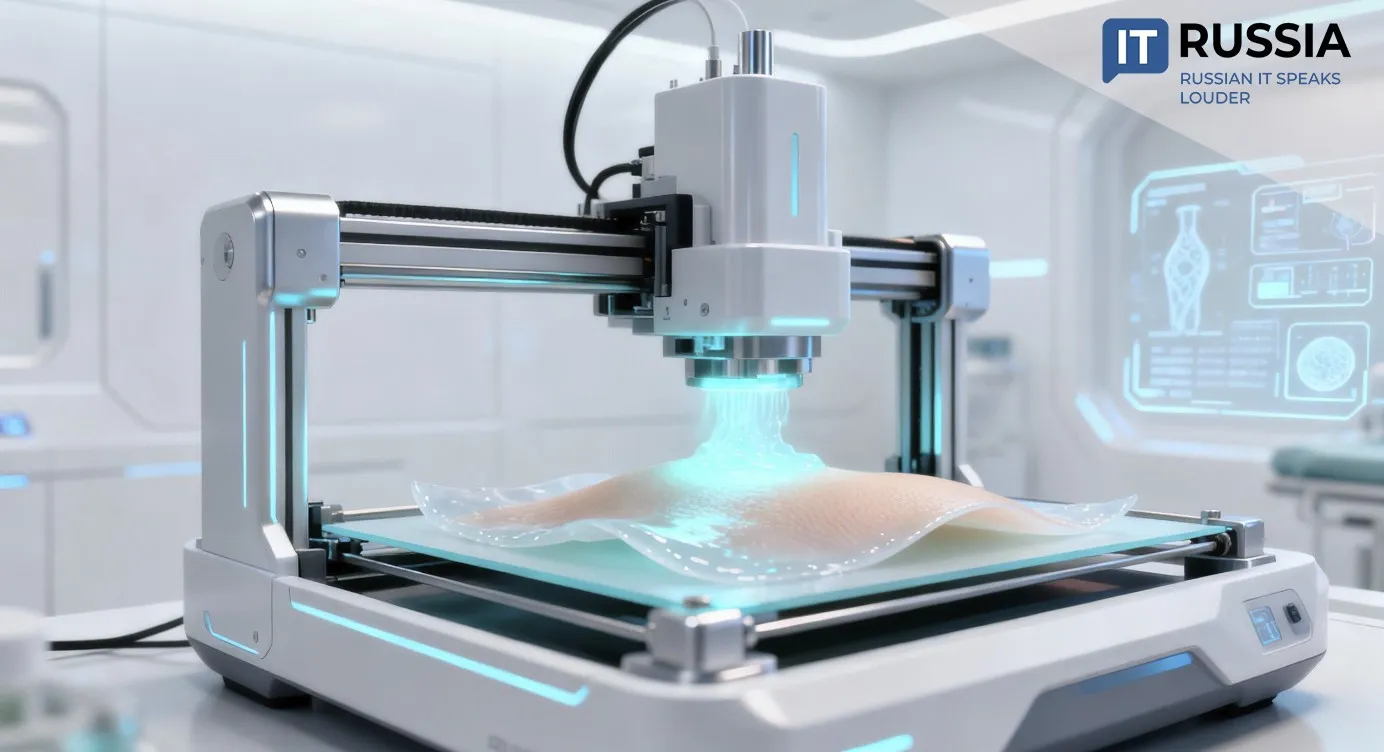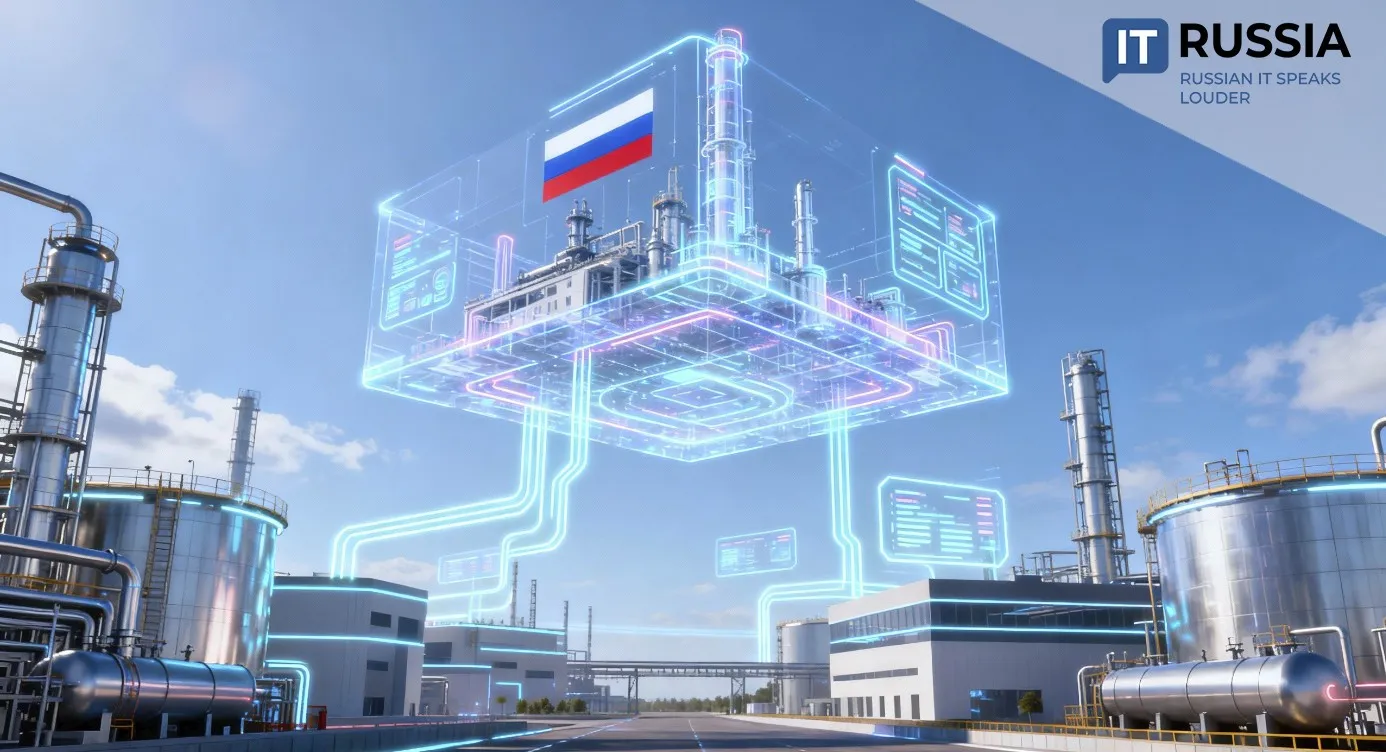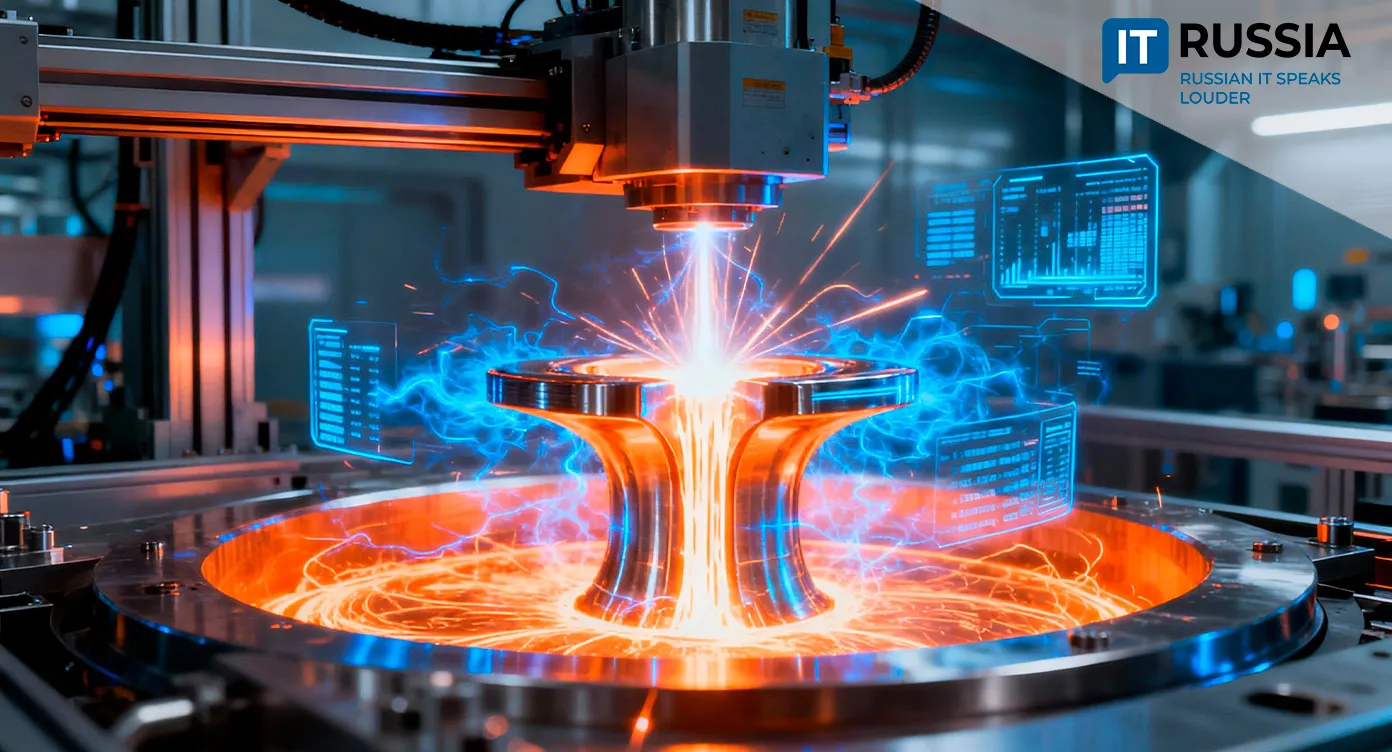High Precision: New Auto-Steering Systems Enable Russian Farm Equipment to Cover Every Inch of the Field
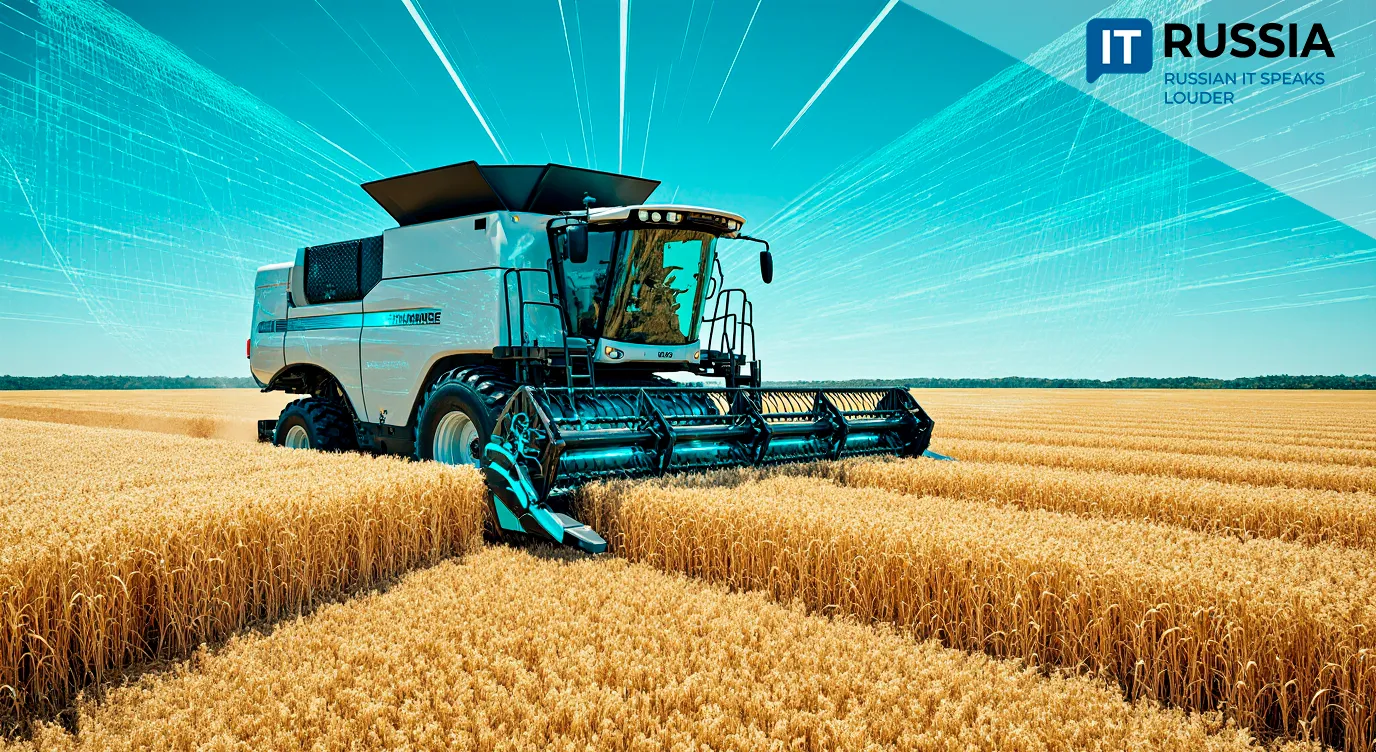
At the forum ‘Unmanned Systems 2025: Technologies of the Future’ in Moscow’s Skolkovo Innovation Center, Rostselmash unveiled its latest breakthroughs in auto-steering technologies for agriculture.
Tackling Fatigue and Precision
Russian agricultural machinery manufacturers are addressing a long-standing challenge for farmers—the heavy workload of machine operators. A combine operator must manage more than a dozen tasks simultaneously, from steering and monitoring the crop edge to controlling the header, adjusting threshing speed, fan settings, and other mechanisms.
To ease this burden, companies are deploying IT solutions. The minimum goal is to reduce the number of processes controlled by the operator, while the maximum goal is to make combines fully autonomous.
The forum gathered top Russian experts in unmanned and robotic systems, serving as a platform to discuss the future of autonomous transport across industries. Rostselmash presented its vision for the agricultural sector.
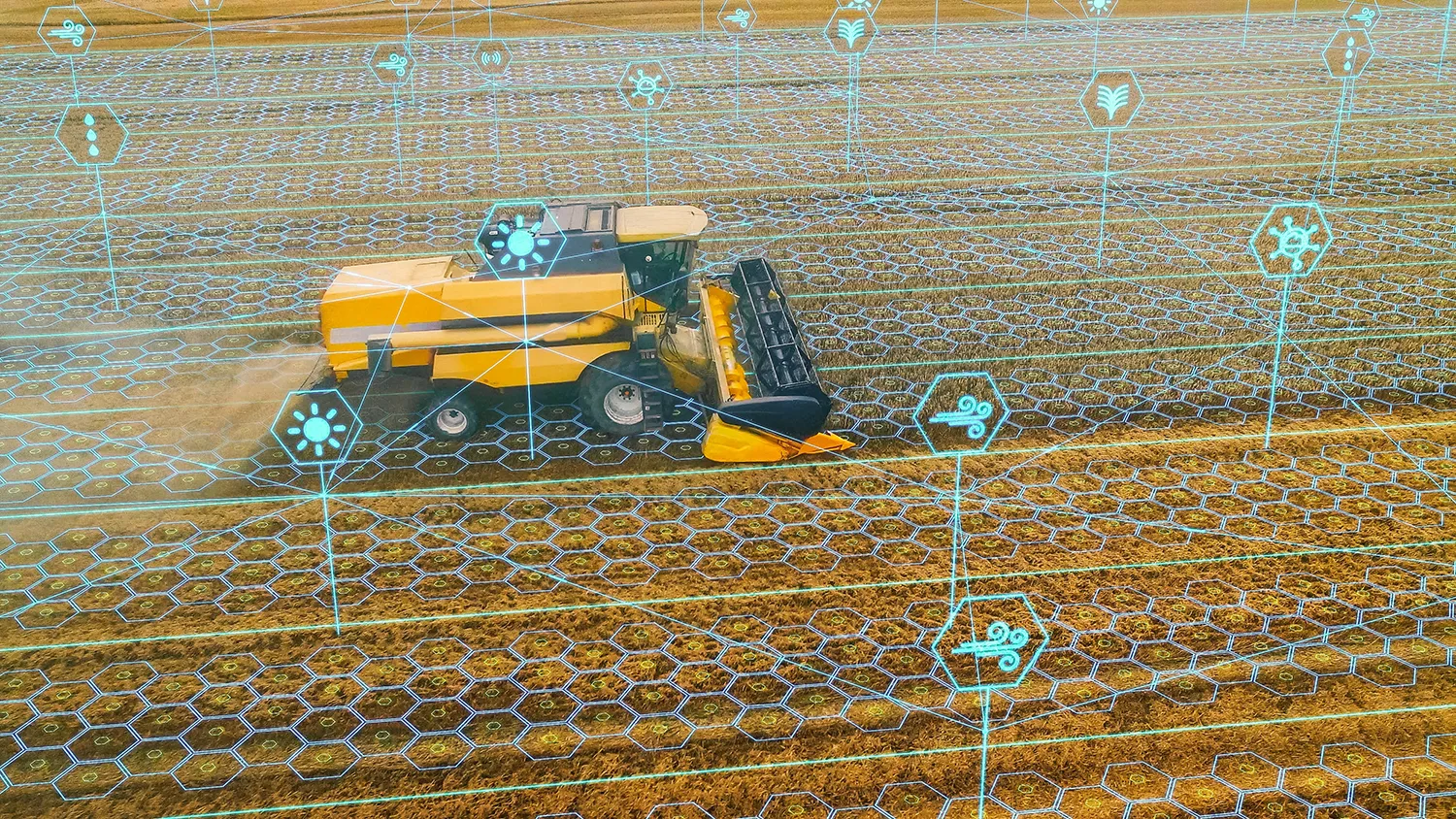
Rostselmash’s Solutions
Senior officials, including Presidential Administration Deputy Head Maxim Oreshkin, Minister of Industry and Trade Anton Alikhanov, and Minister of Transport Andrei Nikitin, tested the RSM 161 combine simulator equipped with the RSM Agrotronic Pilot 1.0 auto-steering system. The simulator works like a flight simulator, with a cabin mock-up and a screen projecting fieldwork scenarios. It realistically demonstrates combine behavior in different conditions.
In the ‘Autonomous Plowing’ zone, the company showcased two machines with auto-steering systems. The TORUM 785, Russia’s most powerful combine, harvested over 400 tons of grain in just eight hours. Meanwhile, the Rostselmash 2400 tractor set a national record by cultivating 494.9 hectares in one day, consuming only 3.637 liters of fuel per hectare.
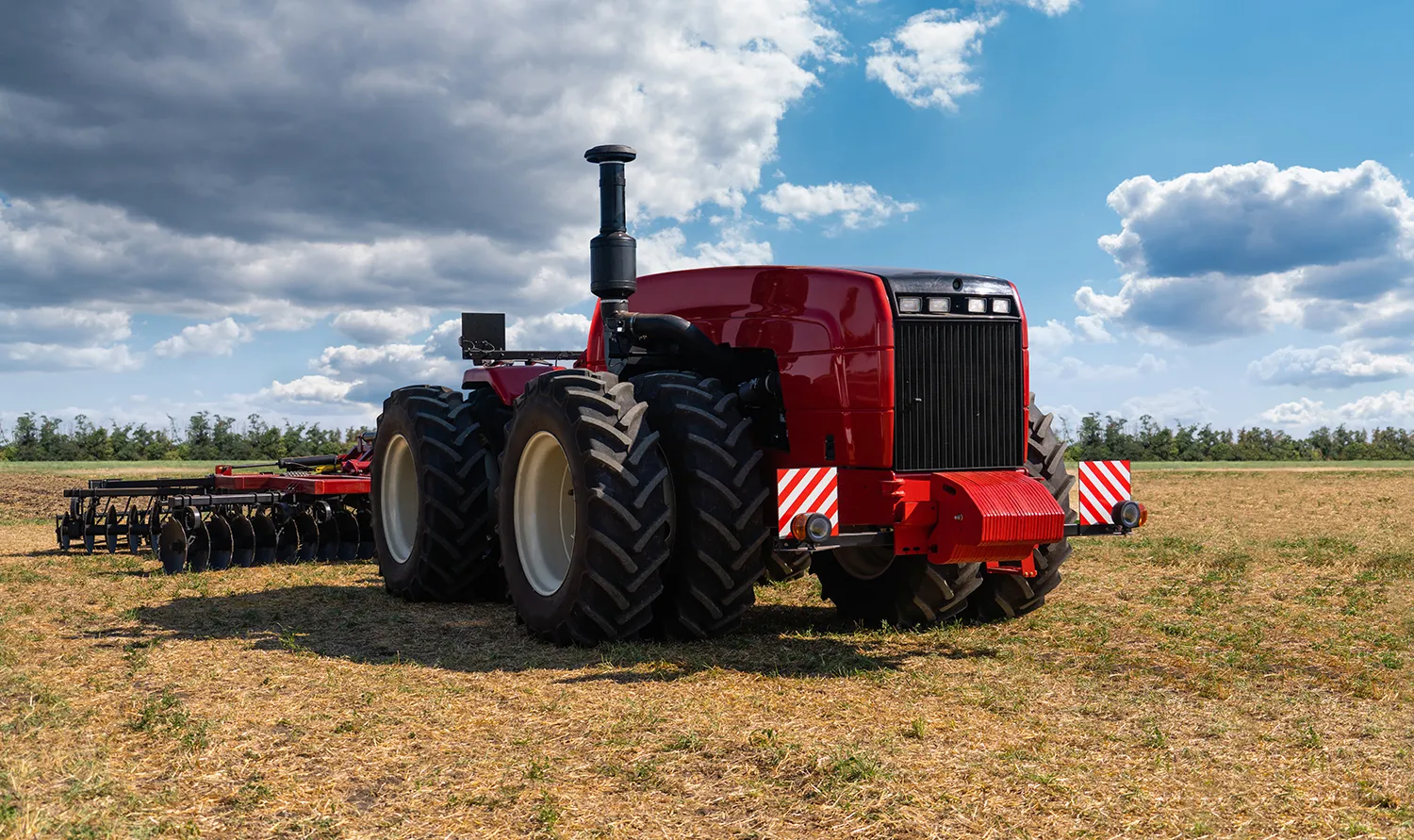
Visitors could explore practical features of auto-steering, including GSM antennas, display interfaces, adjustable working width, navigation via correction signals, and task maps, as well as demonstration videos of the technology in action.
Convenient and Efficient
Russian auto-steering systems for agricultural machinery have already proven their effectiveness. They significantly reduce costs by saving fuel and optimizing field operations. Autopilot functions ensure even distribution of fertilizers and seeds, improving yields and crop quality.
The system takes over most tractor control tasks, allowing operators to focus on oversight and other key operations. It works reliably even at night, in poor visibility, or on difficult terrain. Auto-steering calculates optimal routes, cutting mileage and emissions.
Modern systems are also integrated with monitoring and data transmission platforms, enabling farmers to track equipment in real time and respond quickly to changes in field conditions.
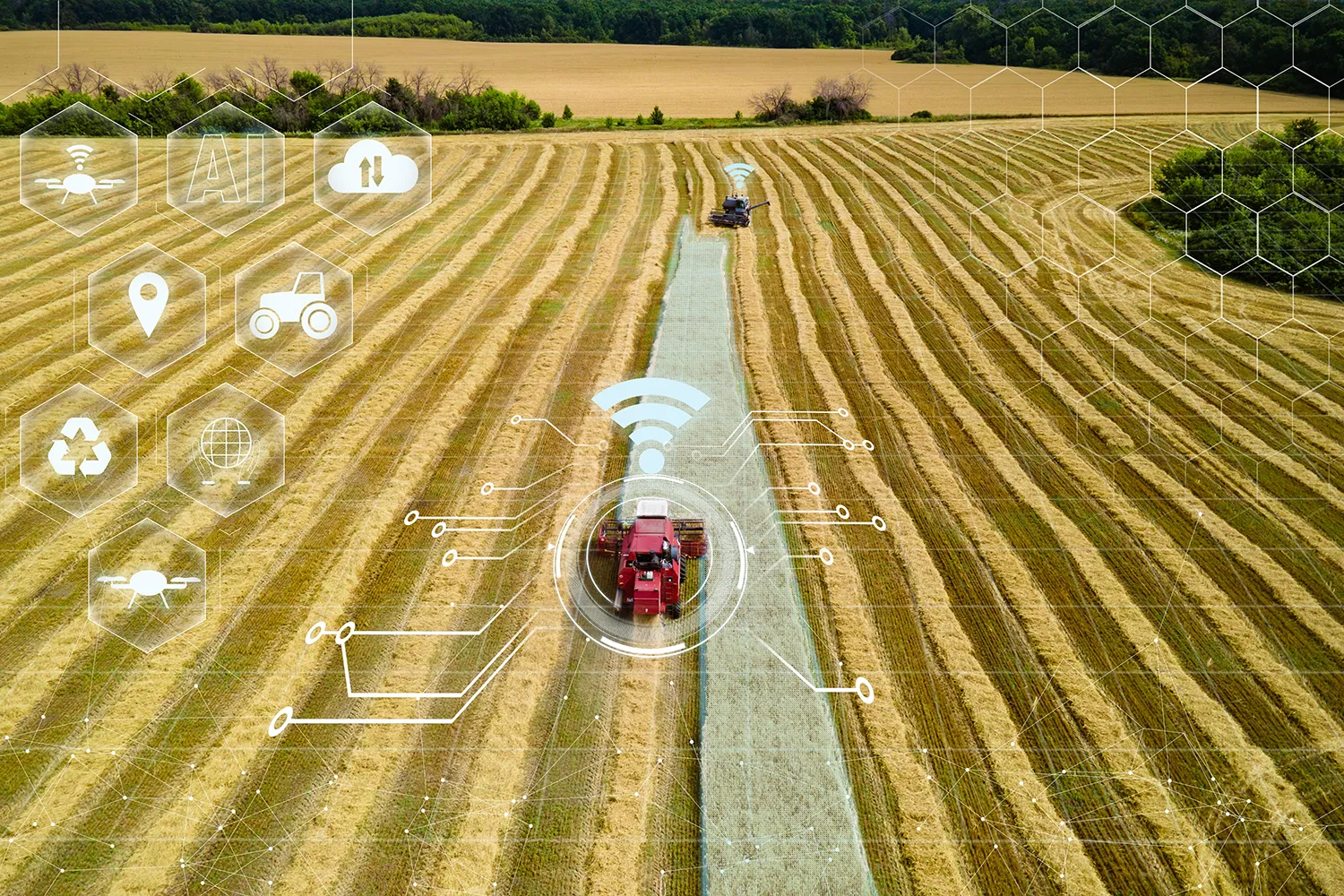
Export Potential: Food and Technology
Russia has been developing autonomous driving systems for agriculture since 2018. In 2019, Cognitive Technologies, together with Sber, deployed unmanned combine control systems in Tomsk region farms. Today, Rostselmash delivers autonomous combines under the RSM Agrotronic Pilot 2.0 system for harvesting sunflower and soybeans. A simpler version, RSM Agrotronic Pilot 1.0, reduces operator workload by handling part of machine control.
The technology has gone mainstream: more than 23,000 machines are registered in RSM Agrotronic, the company’s digital monitoring platform with parametric control modules. This adoption rate highlights farmers’ trust in the system.
These technologies are strategically important for Russian agriculture. Extending them to other farm machinery will ensure centimeter-level accuracy, lower production costs, and increase food output—ultimately making food more affordable for consumers. Grain export volumes are also expected to rise. Beyond agriculture, the auto-steering systems themselves carry significant export potential. After adaptation to foreign conditions, they are likely to be in demand in CIS countries and the Global South, where boosting food production is a top priority.






